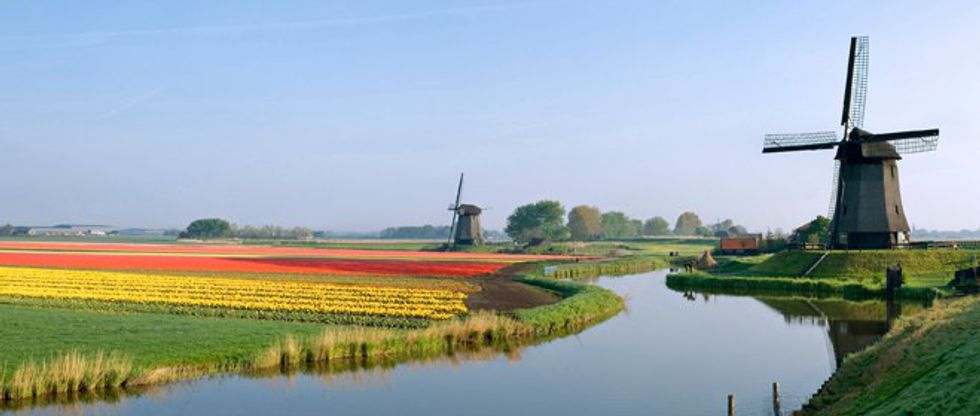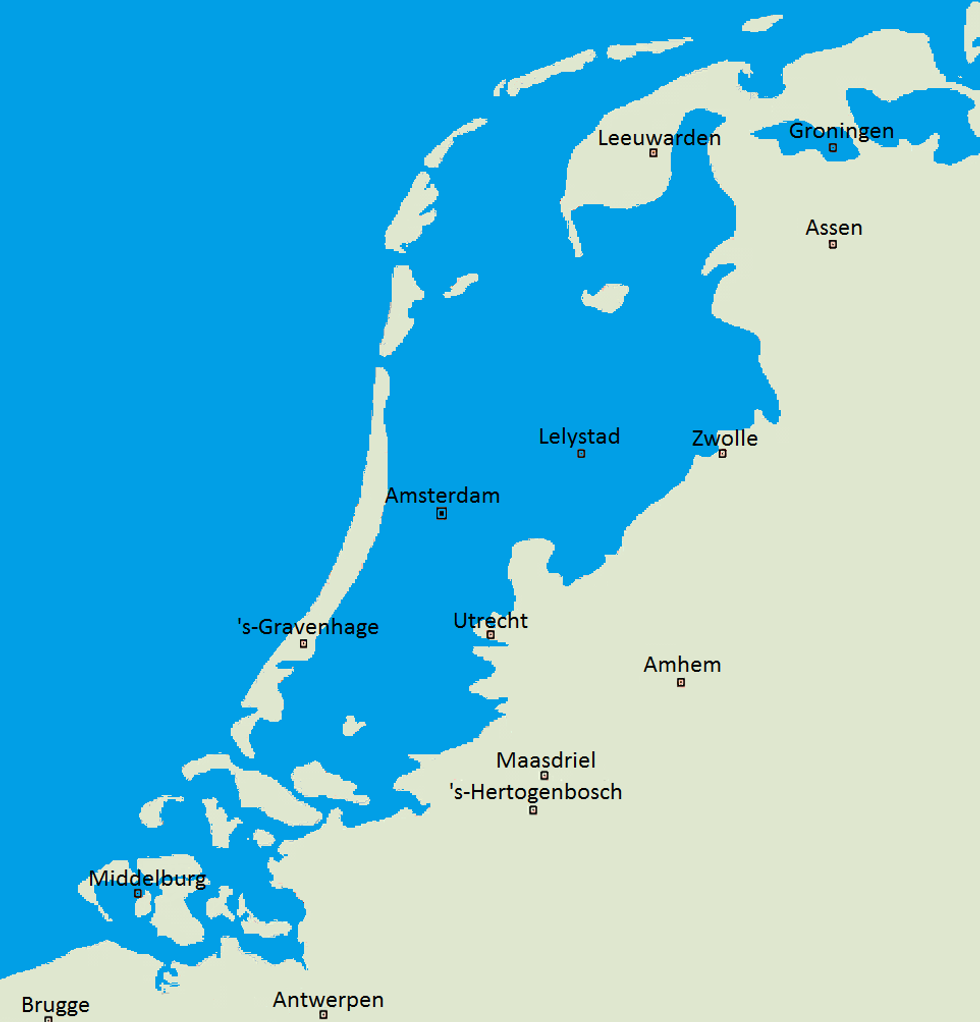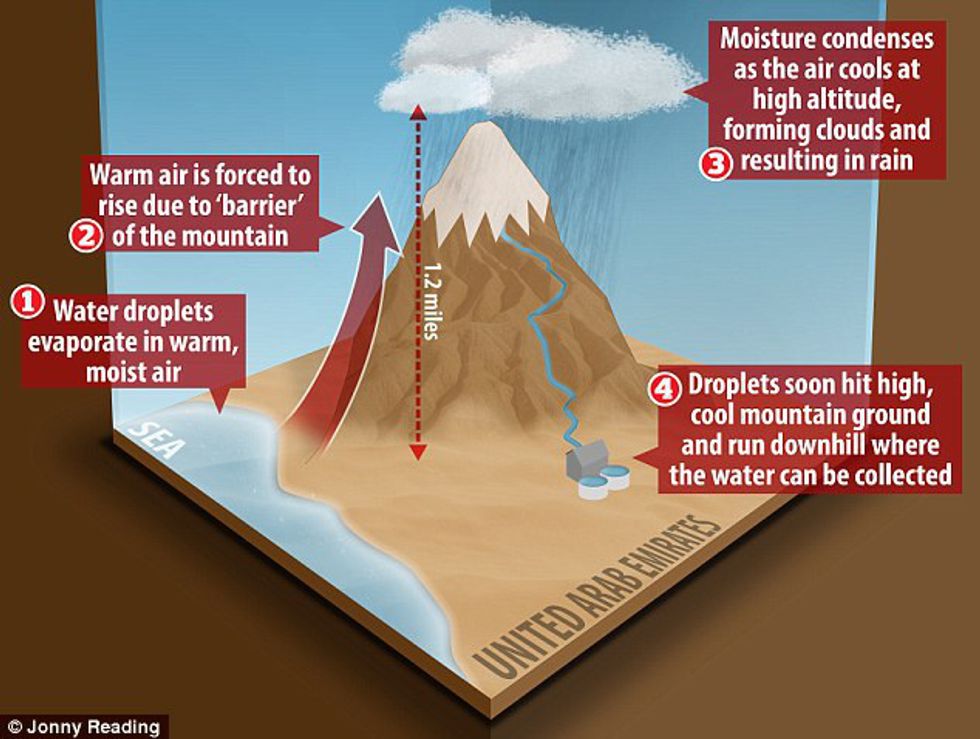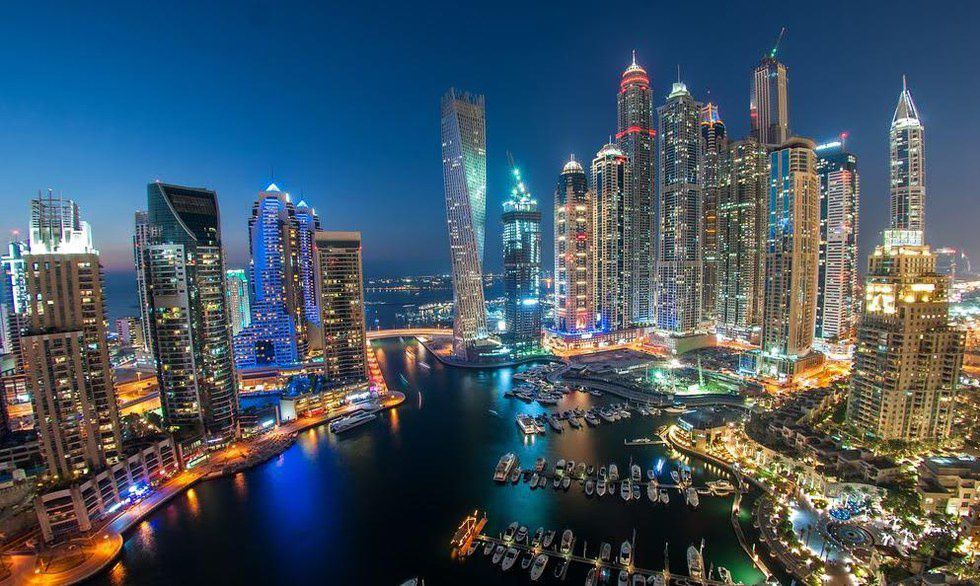“Geoengineering” is a relatively little-known concept, but
something that we do surprisingly often. Simply put, it happens whenever humans
purposefully or accidentally reshape the environment of the world, its
geography. It happens whenever we redirect rivers, or drain swamps. However,
some examples are a bit more dramatic than others.

These tracts of land reclaimed from the sea are known as “polders”,
and the Dutch have been making them for a long, long time- the first recorded
example dates from the Roman times, and they’ve only been improving on the
technique ever since. Estimations vary and records have been lost, but as much
as 27 percent of the entire land area of the Netherlands may have been, at one
point or another, completely underwater.

Beating back the relentless, storm-driven sea and prying
land from its clammy wet fingers is impressive on its own, but that isn’t quite
enough. Like the Netherlands, the United Arab Emirates may soon be driven by
necessity to completely change their geography and even geology. But whereas
the problem in the Netherlands was an excess of water, the UAE has the opposite
dilemma: they need more rain.
In the average year, the UAE receives less than 5 inches of
rain, which just isn’t enough to support their rapidly growing population and
soaring standard of living. Water shortages are a serious threat, and the
government has already been looking into less than orthodox methods, such as
cloud seeding. However, in recent years they have turned towards a much more
permanent- and impressive- solution. They want to build a mountain.
water cycle. They can trap moist air in front of them, forcing it to rise
higher and higher to try and go over the top of the mountain. As the air rises,
it cools, and the moisture inside it condenses and falls as rain. It’s simple
enough, which is why the UAE is considering building an enormous artificial
mountain behind Dubai to try and encourage rainfall in and around the city.
This project would, of course, be ludicrously expensive, but
if any country can pull it off, it’s the United Arab Emirates.





















